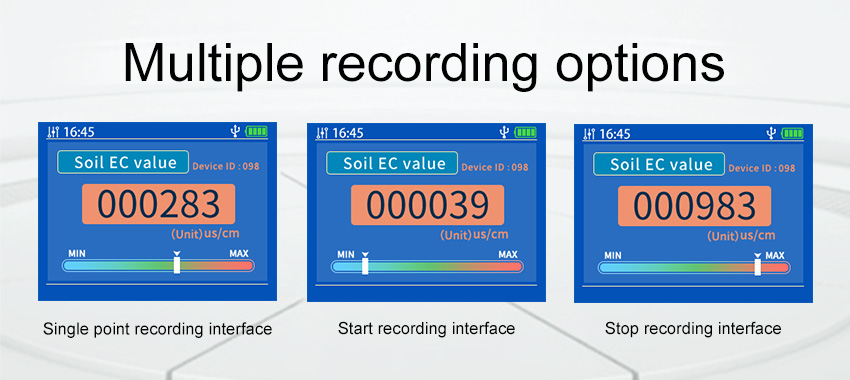Precision farming has emerged as a transformative approach to agriculture, leveraging technology and data-driven decision-making to optimize crop production and resource management. Within this framework, soil sensors play a crucial role in unlocking the potential of precision farming by providing real-time data on soil conditions. This article explores the significance of soil sensors in precision farming, highlighting their benefits, applications, and potential for shaping the future of sustainable agriculture.

The Role of Soil Sensors in Precision Farming:
Soil sensors are advanced devices that measure various parameters within the soil, including moisture content, temperature, nutrient levels, pH, and salinity. By collecting accurate and timely data, soil sensors enable farmers to make informed decisions regarding irrigation, fertilization, and overall crop management. This data-driven approach ensures optimal resource allocation, minimizes waste, and maximizes crop productivity.
Optimizing Irrigation and Water Management:
Water scarcity and efficient water management are critical issues in modern agriculture. Soil sensors provide valuable insights into soil moisture levels, allowing farmers to optimize irrigation practices. By measuring soil moisture accurately, farmers can determine the precise amount and timing of irrigation, avoiding over-irrigation and under-irrigation. This not only conserves water resources but also prevents waterlogging and root rot, ultimately enhancing crop health and yields.
Enhancing Nutrient Management:
Proper nutrient management is vital for crop growth, quality, and yield. Soil sensors offer the ability to monitor nutrient levels in the soil, facilitating precise and targeted fertilization strategies. By analyzing real-time data on nutrient content, farmers can apply fertilizers where and when they are needed most, avoiding excessive use and reducing environmental pollution. This fine-tuned approach to nutrient management supports sustainable farming practices while maximizing crop productivity.
Detecting Soil Variability and Mapping:
Soil conditions can vary significantly within a field, affecting crop growth and yield potential. Soil sensors provide valuable information on soil variability, enabling farmers to create detailed soil maps. These maps delineate variations in soil properties such as texture, organic matter content, and nutrient levels. By understanding these variations, farmers can implement site-specific management strategies, such as adjusting seeding rates or applying different inputs, to optimize crop performance across their fields.
Managing Soil Health and Preventing Degradation:
Soil health is a critical factor in sustainable agriculture. Soil sensors contribute to managing soil health by monitoring key indicators such as pH levels and salinity. By continuously tracking these parameters, farmers can take proactive measures to prevent soil degradation and maintain optimal conditions for crop growth. For example, sensors can alert farmers to high salt levels, enabling them to implement corrective measures and avoid damage to crops. By incorporating soil sensors into management practices, farmers can preserve soil health for long-term sustainability.

Combating Pest and Disease Outbreaks:
Early detection and prevention of pest and disease outbreaks are crucial in minimizing crop losses. Soil sensors can contribute to this effort by tracking soil temperature and humidity, which are factors influencing pest and disease development. By identifying deviations from optimal conditions, farmers can take timely action, such as adjusting irrigation or implementing targeted pest control measures, to mitigate the risk of outbreaks. Soil sensors, when integrated with other pest management technologies, offer a proactive approach to crop protection and reduce reliance on chemical interventions.
Integration with Precision Agriculture Technologies:
Soil sensors are a key component of precision agriculture, which integrates various technologies to optimize farming practices. When combined with global positioning system (GPS), remote sensing, or variable rate technology, soil sensors enable precise and site-specific management. For instance, combining soil sensor data with GPS-guided machinery allows for targeted application of inputs, such as seed, fertilizers, or pesticides, based on specific soil conditions. This integration promotes resource efficiency, reduces costs, and enhances overall farm productivity.
Future Prospects and Challenges:
The potential of soil sensors in precision farming is vast, but there are some challenges that need to be addressed. Cost, accessibility, and data management are key considerations. As technology advances and becomes more affordable, soil sensors will become more accessible to farmers of all scales. Improved connectivity and data management systems will also be critical for handling the large volumes of data generated by soi
